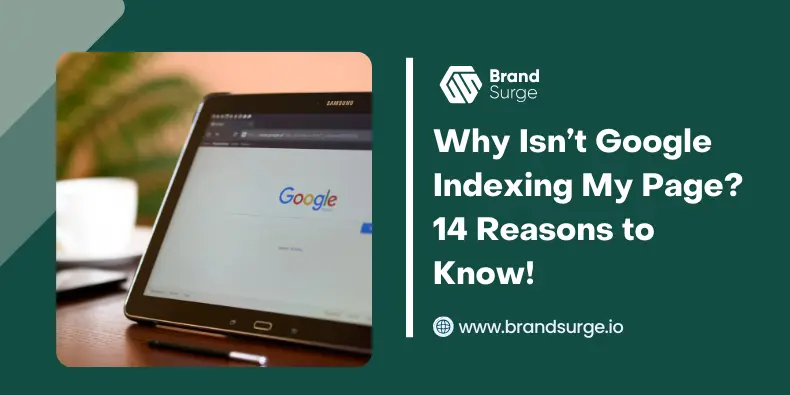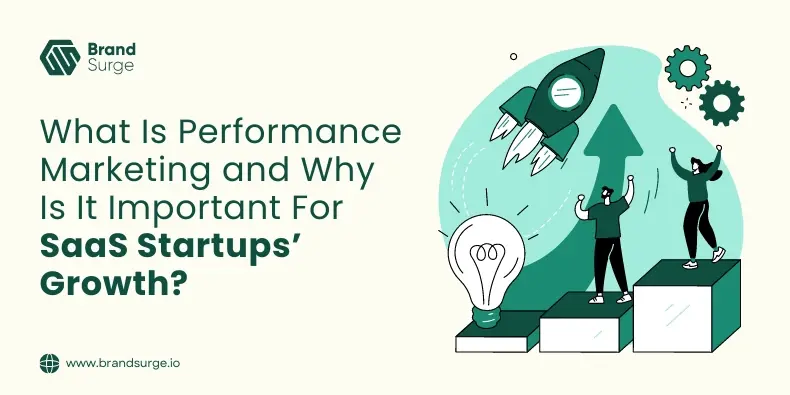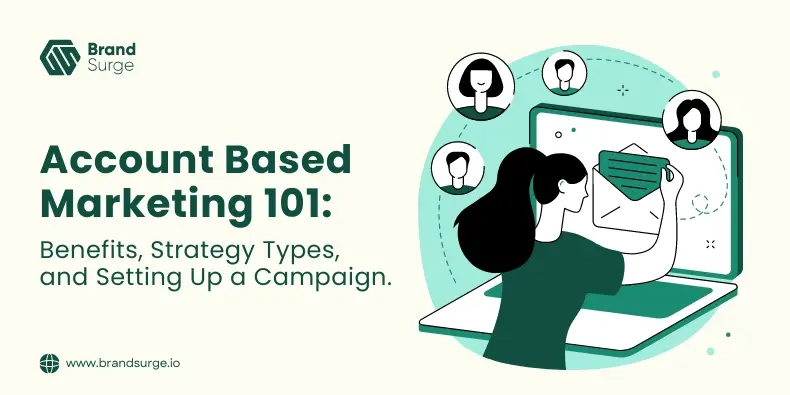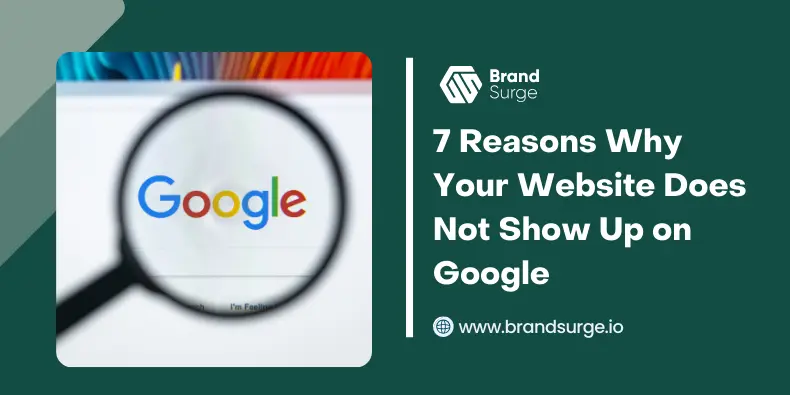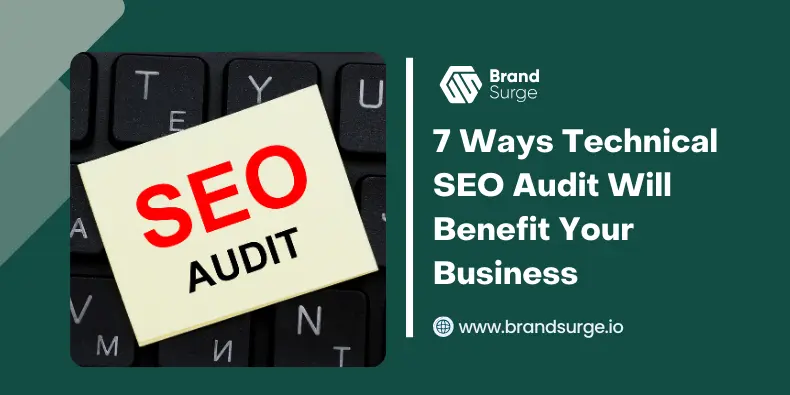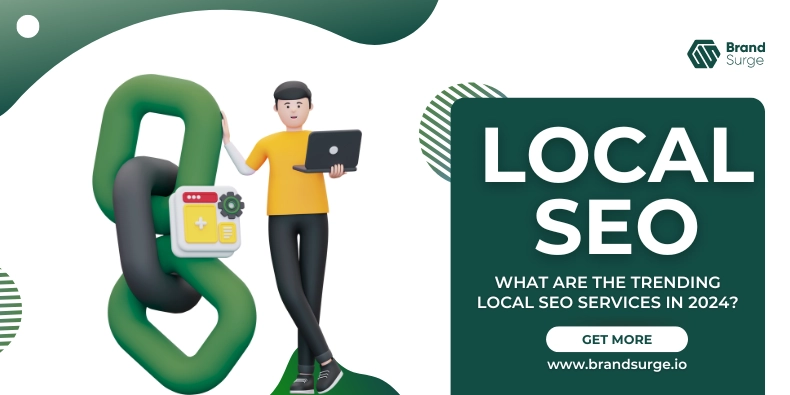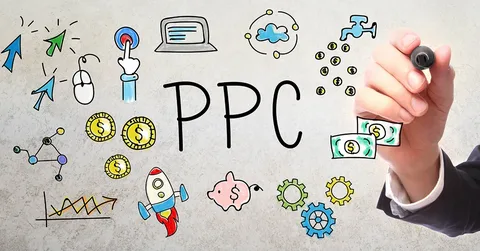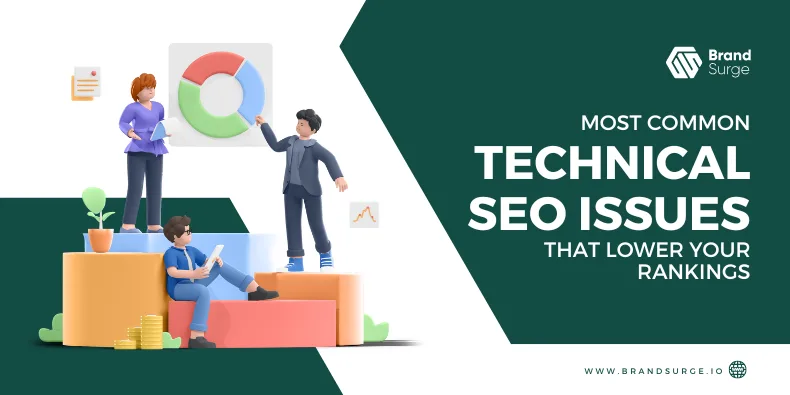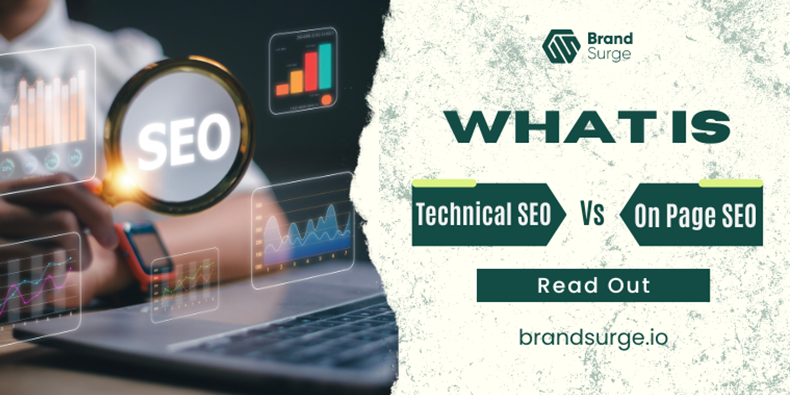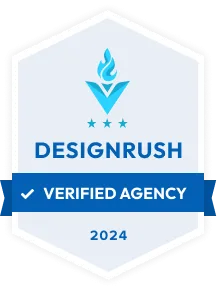SEO might sound like a big word, but it’s just a way to make your website shine on Google. A major part of making your website shine is something called E-E-A-T, which stands for Experience, Expertise, Authoritativeness, and Trustworthiness.
But, how can you make your website show off these qualities? Don’t worry, we’ve got you covered! In this blog post, we’ll share six easy steps to make your website look great according to Google’s EEAT in SEO standards. Ready? Let’s get your website to the top!
What is EEAT in SEO?
EEAT in SEO stands for Experience, Expertise, Authoritativeness, and Trustworthiness. Unlike popular belief, it is not a ranking factor of Google’s search algorithm. It is instead a component of Google’s Search Quality Rater Guidelines which are utilized by individuals known as “Quality Raters” to assess the expertise of content creators.
SEO for beginners can be daunting. But the good news is that you don’t need to overwhelm your SEO strategy to improve your E-E-A-T. All you need to do is follow six simple steps and make sure they are implemented effectively to get the desired outcomes. So let’s uncover six practical steps to improve your site’s EEAT in SEO:
Create High-Quality Content
Create content for the audience (people), not the bots and Google crawlers. This is, unfortunately, something the majority of the creators have overlooked for quite a time – which can also, fortunately, give you an edge over the others.
But what does it mean to create content for people?
This simply means that you create content that answers your target audience’s questions, provides advice, and leaves them feeling satisfied.
As per Google guidelines, content should be:
- Plagiarism free – original
- Helpful to readers
- Written by people, for people
Also, make sure to conduct content audits regularly. You can also use tools like Semrush to regularly audit your content. This will help you ensure that it’s useful and has a high level of E-E-A-T. Content can become outdated as your business and audience evolve over time. So you should create the content as per their changing needs and requirements.
Give the Information about Author
Google prefers when the person writing a piece of content is an authentic source of information. You can also create ‘about us’ page or ‘meet the team’ page where you introduce your authors and create individual author pages to highlight specific writers.
But why you should add information about the author?
Is it really that important?
Well, it would depend on what you are looking to achieve with A Comprehensive Guide to Technical SEO E-commerce. If you aim to build brand authority, and get ‘expertise’ criteria ticked off the E-E-A-T checklist, then yes, it is important. Author information helps establish transparency and E-E-A-T by showing author credentials and past work.
Use Credible Sources
When creating content, it’s best to add links to official sources, research papers, etc. You can also include tweets and blog posts by experts in your field. It’s also best to use trusted sources. These may vary by field but could include academic databases, news publications, or established experts’ and agencies’ sites.
This is especially important if you are in the field of medicine, or claim to be the research-based platform. So always double-check and include a credible source in your content.
Build a Positive Brand Reputation
Your brand’s reputation can influence the ‘trustworthiness’ factor of your content. So invest in online reputation management, as it is important for maintaining a trusted reputation online. It means you should keep an eye out for negative reviews or press. If something does come up, make sure to respond promptly and professionally.
Monitor and Leverage User-Generated Content
UGC is any type of content created by customers rather than brands. When dealt with correctly, UGC can serve as a trust signal and foster brand loyalty. For example, 79% of internet consumers say user-generated content has a significant impact on their shopping decisions. As a result, getting your consumer base to support your brand is critical.
Product reviews, images, video testimonials, YouTube videos, and blog postings are all examples of UGC. UGC is classified as Main Content (MC) by Google, which defines it as “any part of the page that directly helps the page achieve its purpose.”
According to the rules, any information on a webpage can be divided into three categories: MC, Supplementary Information (SC), and Advertisements/Monetization (Ads). One strategy to collect UGC to boost your site’s E-E-A-T is to encourage satisfied consumers to post pictures on social media of your product and tag you in them.
Requesting that consumers (and potential customers) post about you increases your exposure. When you ask people to tag you, you have an entire folder of user-generated content that you may publish on your own feeds.
Other strategies to use UGC to boost your site’s E-E-A-T SEO include:
- Using hashtags strategically to conveniently sort through fan photos afterwards
- Running competitions or giveaways that require users to interact with and share material on a regular basis.
- Engaging with fans on a regular basis to promote conversation
Build Authoritative Backlinks
Backlinks from other trustworthy websites are an important aspect of your SEO strategy. Furthermore, it might demonstrate that your company is an authority in your sector. WWF links to a lot of lesser brands in the example below.
Because the WWF is a global authority, obtaining a backlink from them is a major stamp of approval. What’s another amazing thing about backlinks? They are an essential component of any SEO strategy.
As a general rule, the more high-quality backlinks you add, the higher you will rank in Google search results.
E-E-A-T And AI Generated Content
Since the new “E” in E-E-A-T means “experience,” AI can’t meet the quality threshold for certain types of content that require experience. Google is internally discussing this issue and has yet to arrive at a policy.
What we know so far is that Google advised against publishing automatically generated AI content using tools like Chat GPT without review by a human editor before publication and released guidance about AI-generated content, which says:
Appropriate use of AI or automation is not against our guidelines. Danny Sullivan from Google confirmed that AI-generated content isn’t necessarily against the company’s guidelines, assuming it is acceptable as long as an editor reviews it and undergoes fact-checking.
In conclusion, optimizing your site’s E-E-A-T is an essential part of successful SEO and an overall digital marketing and branding strategy. At Brand Surge, as a technical SEO company, we offer digital marketing services. Our experts specialize in driving growth by enhancing your online visibility and establishing your brand’s credibility.
Don’t navigate the SEO world alone – reach out to our expert team for a free SEO audit and consultation. Make the most of your online presence with us.
How can SEO for beginners take advantage of E-E-A-T?
Beginners can optimize E-E-A-T by creating high-quality content, establishing author credentials, earning reputable backlinks, and fostering transparency to build trust.
What role does a technical SEO company play in improving a website’s E-E-A-T?
A technical SEO company enhances E-E-A-T by optimizing your site structure, improving user experience, and providing insights for effective content strategy and backlink building.
How does focusing on E-E-A-T contribute to a site’s digital marketing and branding services?
High E-E-A-T can foster brand trust, position your brand as an industry leader, and boost your online reputation, thereby enhancing digital marketing efforts and customer loyalty.
Beginners can optimize E-E-A-T by creating high-quality content, establishing author credentials, earning reputable backlinks, and fostering transparency to build trust.
A technical SEO company enhances E-E-A-T by optimizing your site structure, improving user experience, and providing insights for effective content strategy and backlink building.
High E-E-A-T can foster brand trust, position your brand as an industry leader, and boost your online reputation, thereby enhancing digital marketing efforts and customer loyalty.



